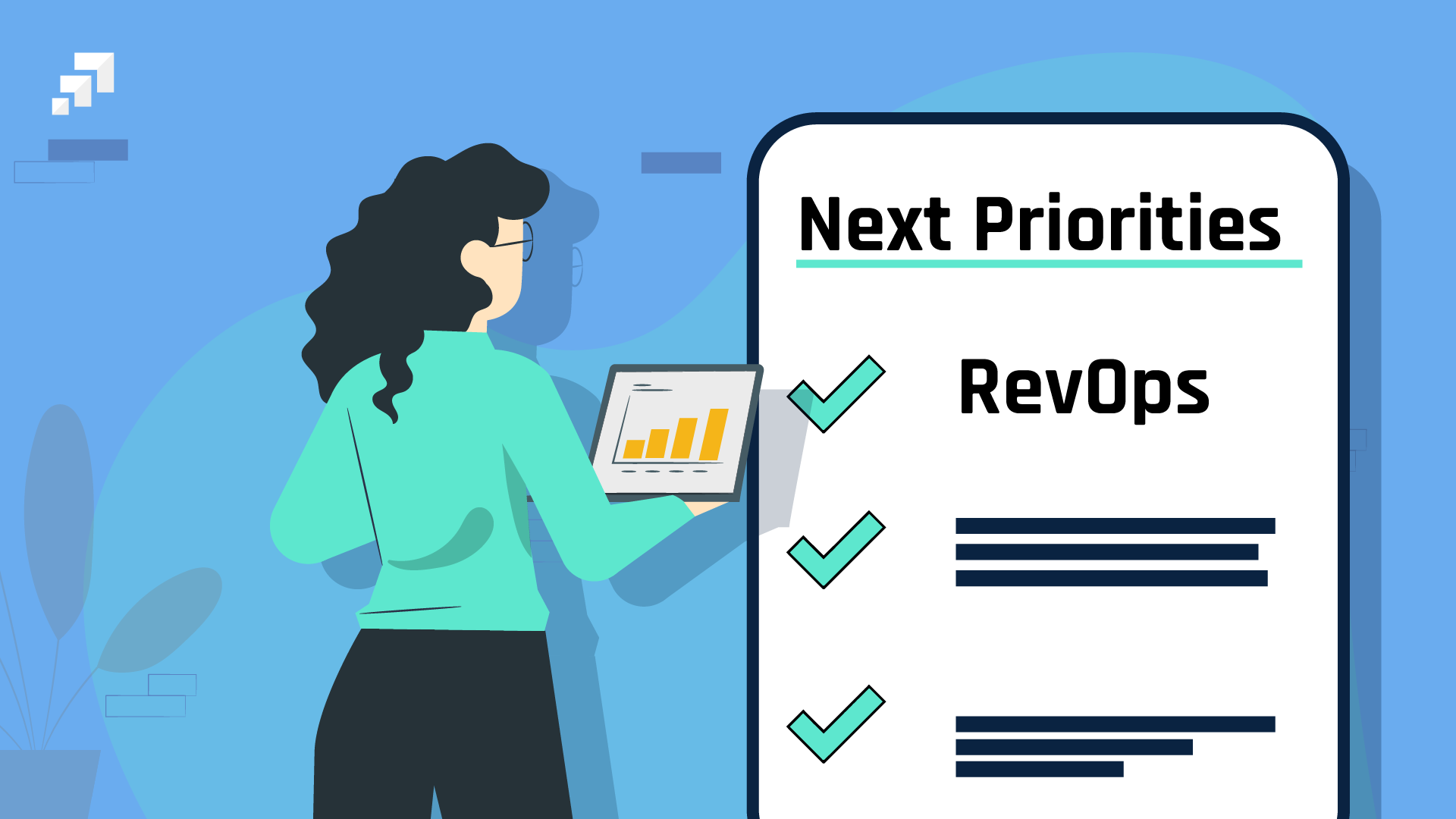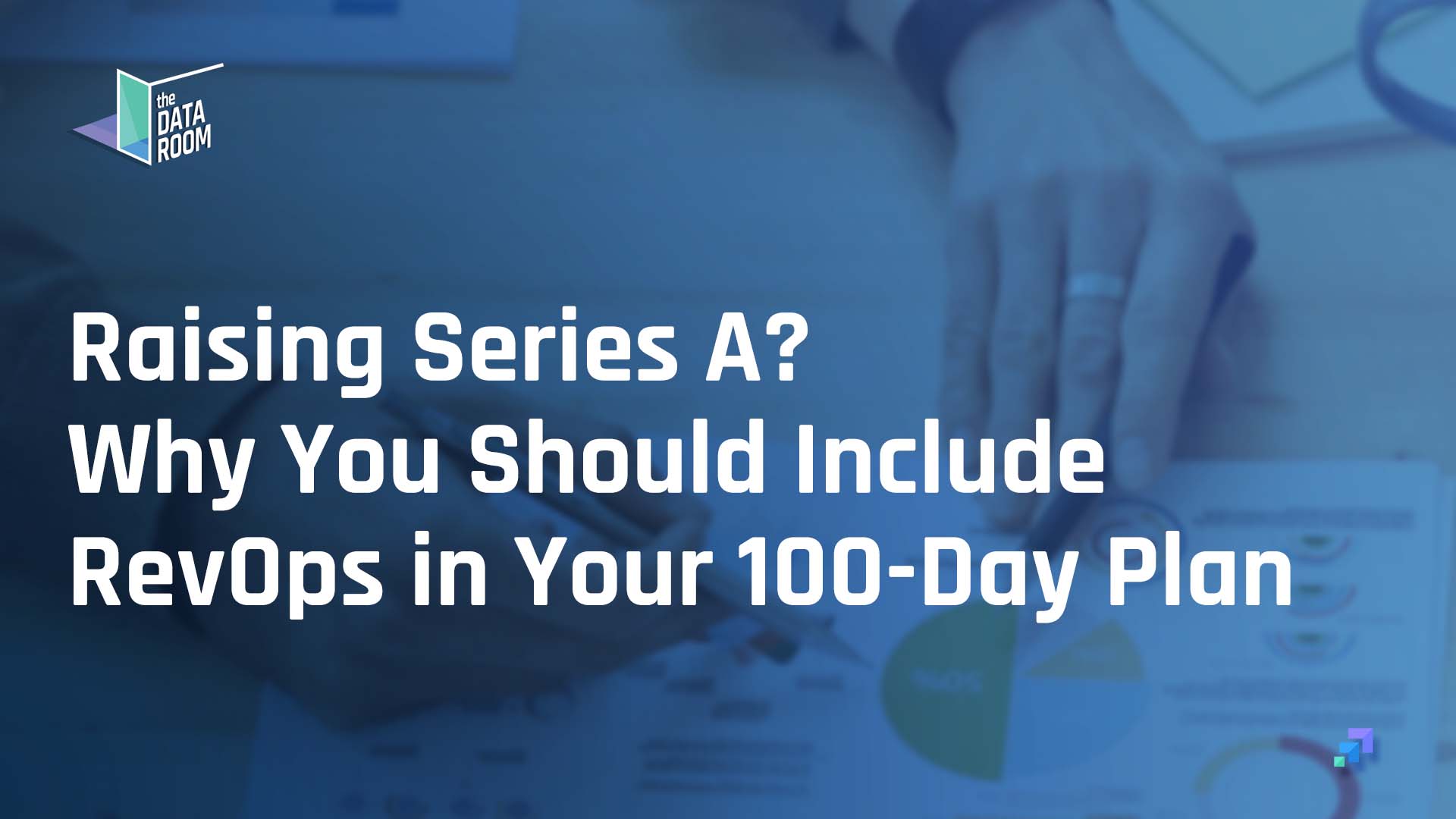Data Infrastructure Required to Go From Series A to E
The data you capture in your go-to-market engine can be a competitive differentiator. When you take your data quality, data hygiene, and data...
2 min read
 scaleMatters
September 23, 2021
scaleMatters
September 23, 2021

The ability to use data to optimize your go-to-market engine doesn’t happen overnight; it requires intentional work. Companies that are successful in executing a data-FIRST approach to customer acquisition.
A data model is a strategic understanding of the metrics that need to be measured and the relationships between those metrics. Why is it important to plan what’s measured and how it’s measured? It’s important to know how granular your data can get so that revenue, sales, and marketing leaders can make the right strategic decisions at the right time.
If your team is able to measure what’s going on in your revenue strategies with more precision, you’re able to identify exactly where the strategies are performing well, and where you need to make adjustments.
What can you measure with a data model?
Alex Rosenbower, Senior Go-to-Market Analyst at Pendo shares the importance of having a data model:
Your go-to-market tech stack contains all of the tools that your teams use in your customer acquisition strategies:
Many companies mistakenly start with this step. But as Brad Smith, CEO and Co-Founder of Sonar explains, a more strategic approach would be to understand the problems you want to solve before you invest in a tech stack.
With a strategic data model in place, your tech stack is responsible for capturing the data that your model needs.
Companies that are successful at capturing their GTM data take data integrity seriously. Data integrity includes the protocols and protection of how data is inputted into the tech stack.
Some tangible methods of implementing data integrity:
scaleMatters CEO and Co-Founder Scott Stouffer explains that your continuous data integrity layer is what will catch anomalies so you can catch issues early and address them.
There’s also a company cultural component to address with your company’s data integrity: There should be top-down support for treating the data as the single source of truth. Having processes and guardrails in place help enforce data integrity, but ultimately all team members should believe in having good data that propels the GTM engine forward.
A strong data-FIRST infrastructure can start in different places, depending on the maturity of your company.
Early-stage: If you haven’t started thinking about your data model, now is a great time to do it. Before the amount of data you’re tracking increases, spend some dedicated time figuring out what questions need to be answered about your customer acquisition strategies.
These questions could include:
Growth-stage: Most likely, you already have a tech stack in place, so you may not have the opportunity to configure your data model before configuring your tech stack.
But all is not lost; once you take the time to discern what your data model needs, you can simply refine your tech stack to meet that model. What tools do you already use that can capture the go-to-market data you need? What tools are you missing? Performing a gap analysis with your conscious data model in mind will get you on the right track.
A refined data infrastructure isn’t the only requirement to raise a Series E round… but without it, you’ll find yourself missing key data that could propel your growth more efficiently and effectively (all while impressing investors).

The data you capture in your go-to-market engine can be a competitive differentiator. When you take your data quality, data hygiene, and data...

Congrats! You just raised a sizable Series A round. Now what? Your company is moving from a founder-led approach for acquiring customers to a...

Raising your Series A funding is an exciting time. You’ve gained traction in an initial customer market and investors are showing confidence that you...